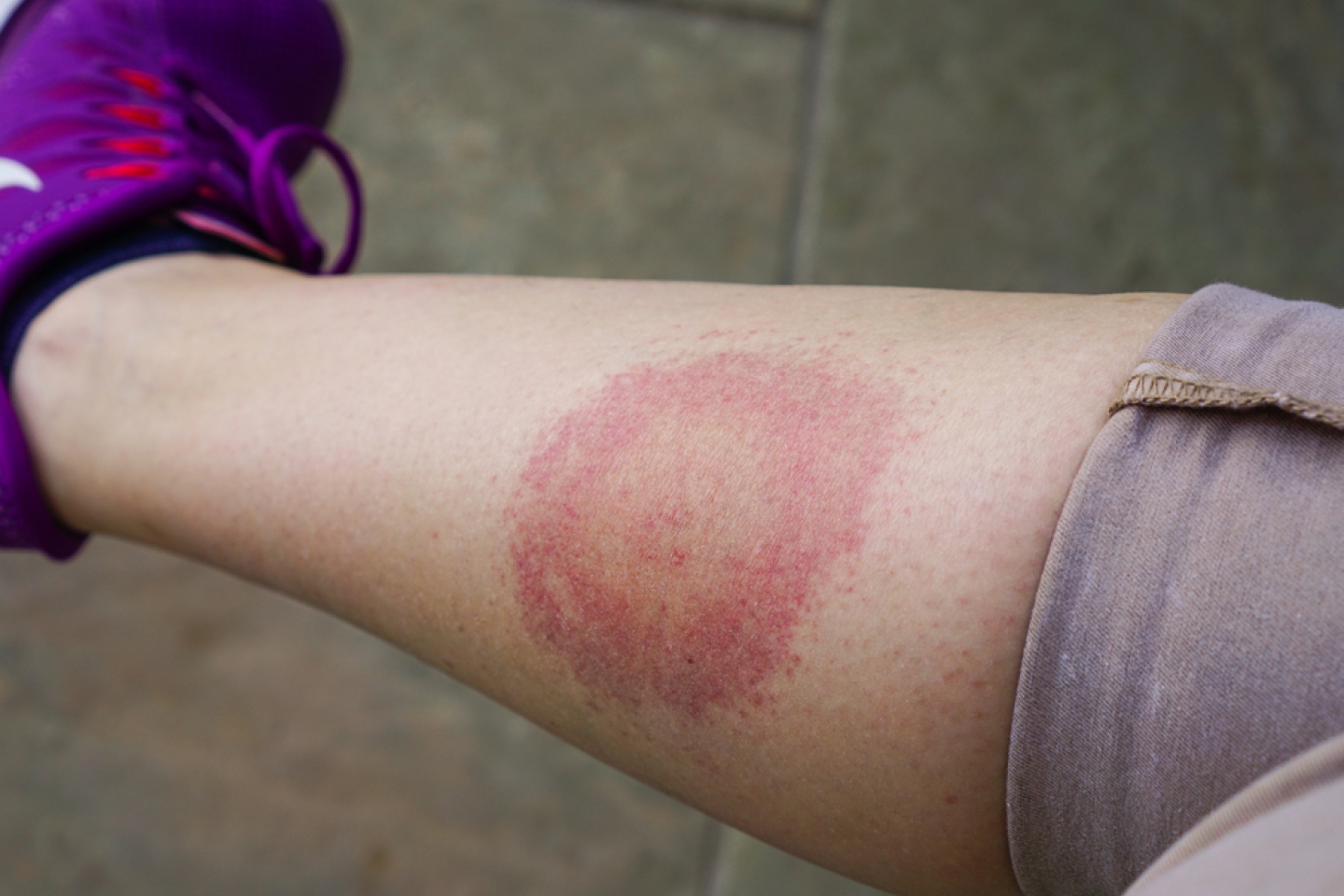Uzone.id – Lyme disease, a tick-borne illness caused by the bacteria Borrelia burgdorferi, is a growing concern in many parts of the world. First identified in the town of Old Lyme, Connecticut, in the 1970s, this disease has since spread far beyond its origins, affecting countless people across North America, Europe, and beyond.

Transmitted through the bite of infected black-legged ticks, also known as deer ticks, Lyme disease can be difficult to diagnose due to its wide range of symptoms, from a telltale bullseye rash to more elusive flu-like symptoms and joint pain. As awareness increases, so does the urgency to understand, prevent, and treat this potentially serious infection, which, if left untreated, can lead to long-term complications.
Symptoms
Symptoms of this disease can vary depending on the stage of infection. Because it is not specific, this disease is difficult to recognize and is easily confused with other diseases.
Initially, redness appears on the skin about 3 to 30 days after the tick bite. One sign is the appearance of an erythema migrans rash, which is in the form of concentric circles. This rash appears in the area of the tick bite and can enlarge to reach a diameter of 30 cm or more. This redness of the skin is accompanied by mild flu symptoms, such as fever, headache, and fatigue.

People who are infected with this disease are usually not aware of the early symptoms shown because of the similarity of the initial symptoms to other diseases so they will enter the next stage of symptoms.
Symptoms that appear in the second stage are the appearance of additional rashes on parts of the body other than the tick bite area. In addition, sufferers also get carditis or inflammation of the heart muscle which causes an irregular heartbeat (heart rhythm disturbance) and heart failure. Not only that, the symptoms of this second stage also show arthritis or inflammation of the joints, especially in the knees, wrists, and shoulders, as well as neurological symptoms or neuropathy such as numbness or paralysis of the face (Bell’s palsy) due to infection that has spread throughout the body.
The third stage of symptoms in Lyme disease usually has entered the complication stage. Symptoms can include more severe nerve damage, and encephalopathy that can cause cognitive problems such as memory loss, severe headaches, impaired vision, and difficulty concentrating.
Diagnosis
The diagnosis of Lyme disease is highly dependent on a history of tick bites or exposure, travel to endemic areas, and other physical signs or clinical symptoms that appear. However, to confirm Lyme disease, laboratory tests or blood tests are needed to detect antibodies to the Borrelia Burgdorferi bacteria.
In Europe, there is a test to diagnose Lyme disease to be more certain, a two-stage serology test can be done with the Enzyme-Linked Immunosorbent Assay (ELISA) or Indirect Fluorescent-Antibody (IFA) test to detect antibodies. Furthermore, if the first test result is positive, further confirmation will be done with Western Blot.
Treatment
Treatment for this disease is generally done by administering antibiotics. Of course, the choice of antibiotics and the duration of treatment are adjusted to the severity of the infection and the phase of the disease.
If it is classified as mild symptoms or still in the early phase, oral antibiotics such as doxycycline, amoxicillin, or cefuroxime axetil will be given. This initial stage of treatment lasts between 10 and 21 days. Meanwhile, for more severe cases or sufferers who have entered the advanced phase, intravenous antibiotics such as ceftriaxone or penicillin G are usually recommended.
However, in some cases, sufferers who have undergone treatment will experience symptoms that continue, known as post-Lyme disease syndrome. Post-Lyme disease usually includes chronic fatigue, joint pain, and cognitive disorders.
Lyme Disease (Source: Heiden Orthopedics)
Prevention
Early prevention is an important step to take to avoid Lyme disease. The following are preventive steps for Lyme disease:
- Wear comfortable clothing that protects the skin from exposure to the outside world, such as wearing long pants, long-sleeved shirts, hats and shoes.
- Use insecticides or insect repellents containing DEET or N-Diethyl-m-toluamide which is the main active ingredient in repelling insects.
- Avoid grassy areas, forests and bushes when doing outdoor activities.
- Check your body thoroughly after being outdoors.
- Conduct regular checks and use flea medication on pets.
- Clean clothes and household furniture regularly to repel ticks.
Wrap It!
In essence, Lyme disease is a serious disease if not treated from the beginning of the symptoms. This disease can cause various serious problems, complications, and even chronic diseases if not recognized early. By understanding the symptoms, diagnosis, treatment and prevention of Lyme disease, prospective sufferers will find it easier to prevent the long-term effects caused by the Borrelia Burgdorferi bacteria.
















